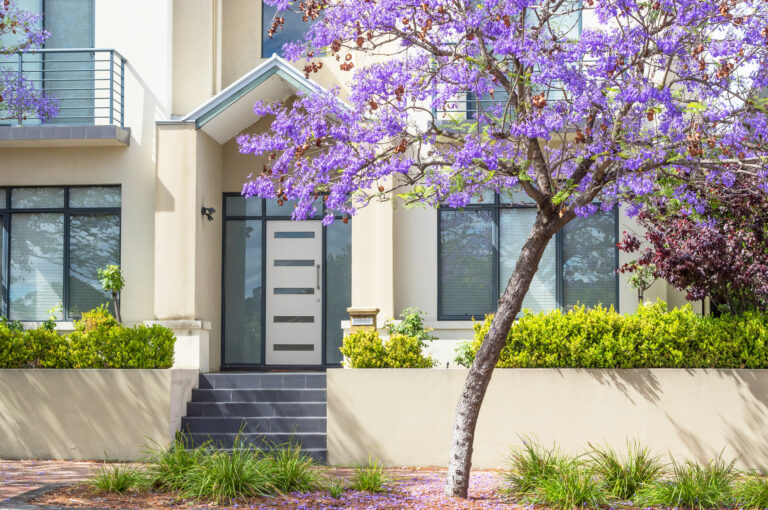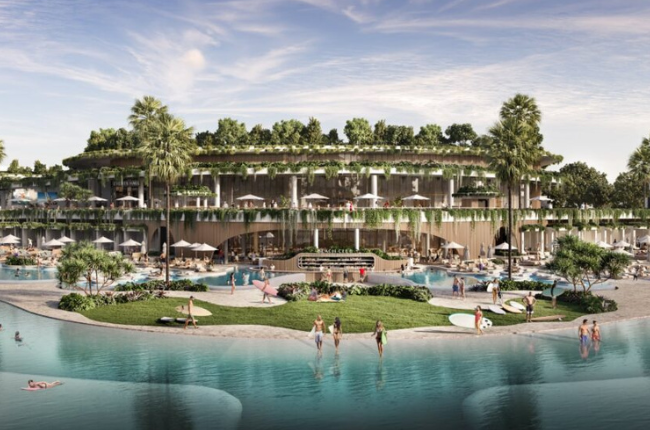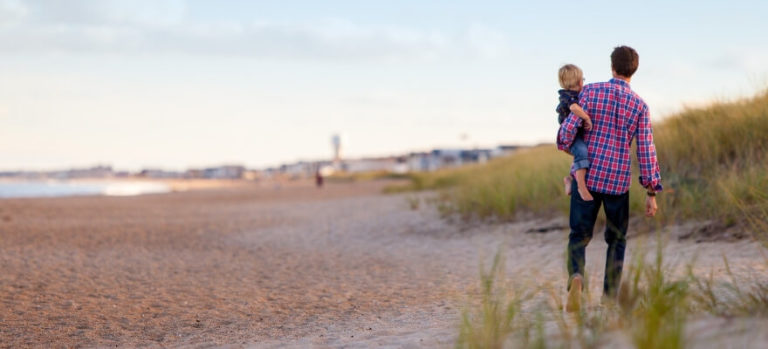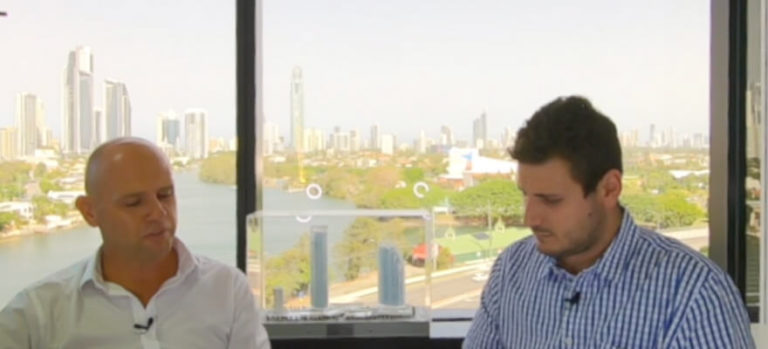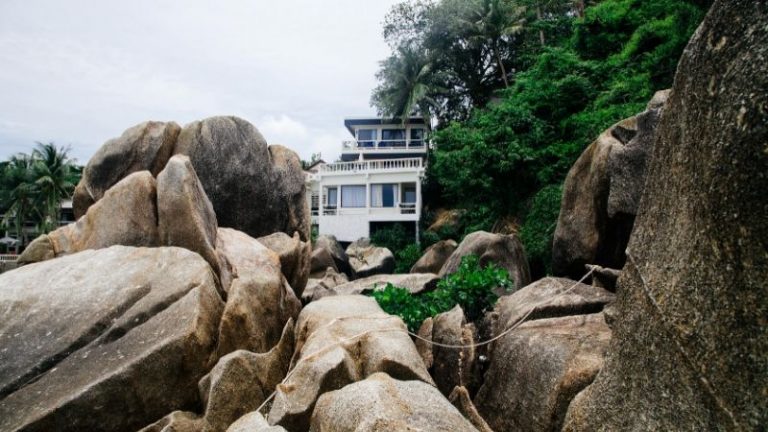Real estate industry experts have used a Queensland housing roundtable to call for a long-term national housing strategy to address the current crisis. The Queensland Government has committed to hold a Housing Summit in October to address the urgency around multiple housing issues. During a preliminary round table event, property stakeholders called for the unlocking of land and housing supply, fast-tracking social housing and the need for better collaboration between all levels of government. Real Estate Buyers Agents Association president Cate Bakos says the issue is not unique to Queensland. “The housing shortage is a worsening crisis that is affecting Australians who are already highly vulnerable,” she says. “At the most basic level it starts with disadvantaged first home buyers pushing up the prices of the private rental market and forcing those on lower incomes into social housing and, in extreme cases, homelessness.” She says Queensland should take swift and deliberate action to deliver tax reform and state-backed incentives to bolster housing and land supply
$1bil Coast Project To Go Ahead
A $1 billion development has been earmarked for one of the largest landholdings on the Gold Coast Highway corridor. Aniko Group plans a major mixed[1]use lifestyle precinct including hotels, apartments, restaurants and offices on a vacant 1.13ha site next to the Pacific Fair shopping centre. It intends to build four residential towers of 25, 30, 40 and 45 storeys with about 1,000 apartments while the ground floor of the buildings will have a waterfront dining precinct and 5000m2 of office space. Aniko Managing director George Mastrocostas says the amenity in its project will “elevate our resident and visitor experience.” It intends to lodge a development application for the project within the coming months. While Aniko is keen to go head, a number of other Gold Coast projects have been put on hold, because of supply shortages and delay factors. Melbourne-based developer Central Equity is not proceeding with its plans for a $500 million 56-storey apartment tower know as Pacific One in Surfers Paradise.
Quote of the Week
The housing shortage is a worsening crisis that is affecting Australians who are already highly vulnerable. At the most basic level it starts with disadvantaged first home buyers pushing up the prices of the private rental market and forcing those on lower incomes into social housing and, in extreme cases, homelessness.”
Real Estate Buyers Agents Association president Cate Bakos
Migrants Boost Population Growth
Overseas migrants are finally starting to return with new figures showing 110,000 people moved to Australia in the 12 months to March. Australian Bureau of Statistics show migrant levels remain half of what they were before the start of the Covid pandemic when net overseas migration figures ranged between 238,000 and 260,000. In addition to overseas migrants, a similar number of Australians were added to the population through natural growth. In the past 12 months there were 309,300 births and 179,100 deaths. Beidar Cho, Demography Director at the ABS, says after two years of mostly low or no population growth, overseas migration is again a significant contributor to Australia’s population increase. The ABS figures show a large number of international students have started to return to Australia. Queensland’s population grew by the largest number of people in the past year, up by 94,300 people, followed by New South Wales, 49,500, Victoria, 46,500, and then South Australia, 13,980.
Housing Shortage Tipped To Worsen
The Federal Government’s housing agency warns the housing shortage could soon become worse, as supply remains low and overseas migration levels pick up. National Housing Finance and Investment Corporation chief executive Nathan Dal Bon says supply will remain low as housing construction levels are dropping because of delays and shortages in the system. “With supply expected to come off earlier than expected, coupled with stronger population growth (with migration rising), we could see a larger supply gap emerge over the next few years,” Dal Bon says. He says buyers keen to get into the market and out of renting have used the Federal Government’s First Home Loan Deposit Scheme, in which qualified buyers only require a deposit between 2% and 5% to buy, with the remaining deposit guaranteed by the Government. FHBs in Queensland and WA applied for the largest number of places in the scheme while lower numbers from NSW and Victoria could be attributed to
House-Unit Price Gap Narrows
The difference between the price of houses and units is beginning to narrow despite solid house price growth in the past 18 months. Demand for larger properties during Covid helped to generate significant house price rises, creating a bigger difference in values of the different types of properties. With house prices now beginning to soften in many locations, that price differential has eased, particularly as unit prices appear to be holding firm. PropTrack’s Home Price Index shows the national average house price has fallen by 3.6% since March, while during the same period unit prices on average have fallen only 2.6%. Its analysis of 88 statistical regions in Australia show house values fell in 71 regions while only 43 regions experienced falls in unit values. Sydney’s Northern Beaches region tops the list for the largest price fall across both houses and units, with house prices down 10.6% and unit prices down 9.8% from their peaks in October last year.


